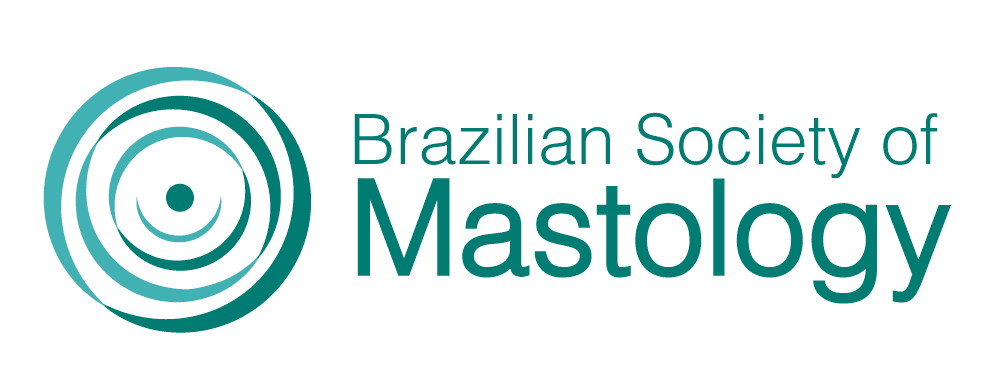PALB2 MUTATION IN A 31-YEAR-OLD WOMAN
A CASE REPORT
Palavras-chave:
PALB2, Breast Cancer, Oncogenetics, Gene MutationResumo
Introduction: Oncogenetics advances allow to identifying the relationship between many genes and breast cancer (BC). The PALB2 (partner and localizer of BRCA2) gene is intimately involved in DNA damage response, and although very rare, heterozygous mutations are highly penetrant for BC. There are not enough studies to define the ideal follow-up and management of the patients with BC. Case Report: A 31-year-old female, G0P0A0, presents complaining of a lump in her right breast with no family history of cancer. A breast ultrasound was performed and revealed BI-RADS3. Core biopsy revealed a grade 3 ductal infiltrate carcinoma, with micropapillary features. Immunohistochemistry testing detected estrogen receptor (100%), progesterone receptor (3%), negative HER2 (−), and Ki67 (proliferation marker) (15%). The patient presented with a breast mass (8 cm × 8 cm), nipple inversion, and clinically was N1. Magnetic resonance imaging of the breast showed right axillary lymph node enlargement of 1.1´1.6 cm, and retroareolar and lateral quadrants of the right breast distortions. Because of diffuse skin thickening and nipple retraction, the disease was classified as cT4N1. She received neoadjuvant chemotherapy (weekly paclitaxel followed by dose-dense doxorubicin and cyclophosphamide) with concomitant ovarian suppression. Genetic testing for ovarian cancer and BC found the pathogenic variant c.2164_2168del, p. (Met723Valfs*21), in heterozygosity in the PALB2 gene and interpreted based on the clinical picture and the classification of variants of the American College of Medical Genetics. A right mastectomy with pathologic complete response in the breast and a micrometastasis node 1.5 mm/10 (ypT0N1mic) was conducted. Prophylactic left adenomastectomy was negative for malignancy. In the adjuvant setting, radiotherapy and endocrine therapy with ovarian suppression and aromatase inhibitor for 5 years were scheduled. Conclusion: The critical role of PALB2 in DNA repair increases the risk for BC and contralateral BCs. There is no evidence of adverse outcomes or toxicity with the use of radiotherapy in PALB2 carriers. Locoregional management and prophylactic decisions should be made on the basis of conventional clinicopathologic factors and international guidelines recommendations.
Downloads
Downloads
Publicado
Como Citar
Edição
Seção
Licença
Copyright (c) 2021 Júlia R. S. do Ó, Joaquim F. Fernandes, Rafael C. E. Segato, Frank L. B. Rodrigues, Ana Cláudia G. Lima, Nilceana M. A. Freitas, Deidimar C. B. Abreu, Leandro G. Oliveira

Este trabalho está licenciado sob uma licença Creative Commons Attribution 4.0 International License.







